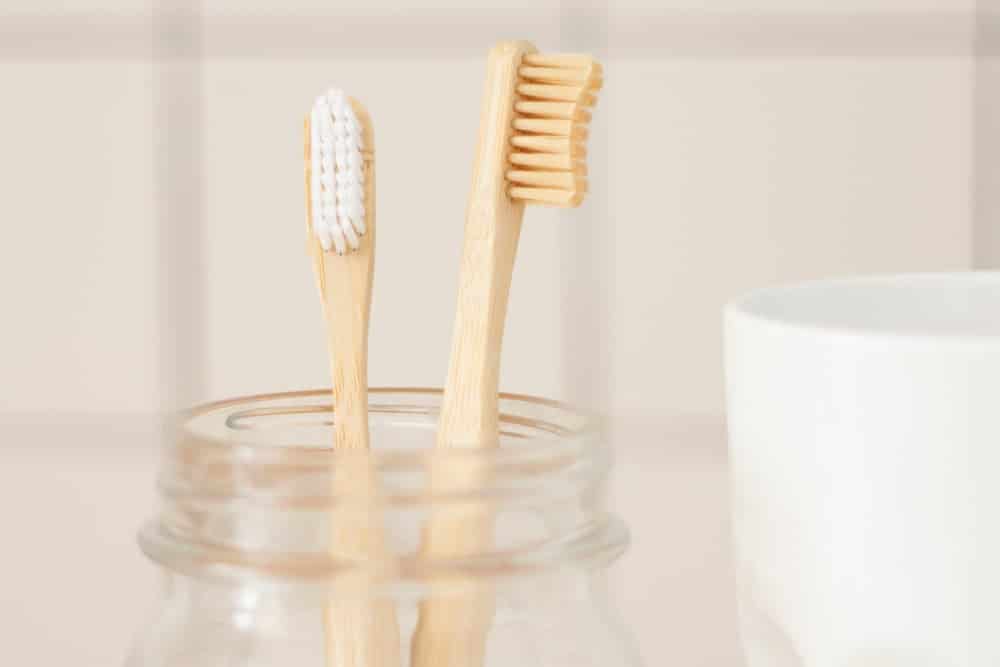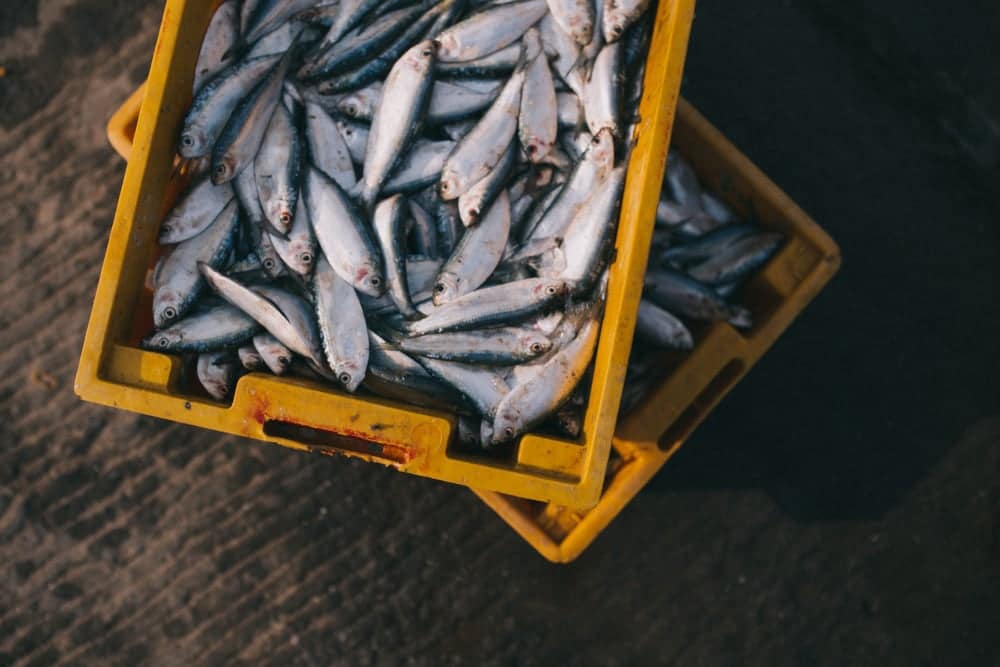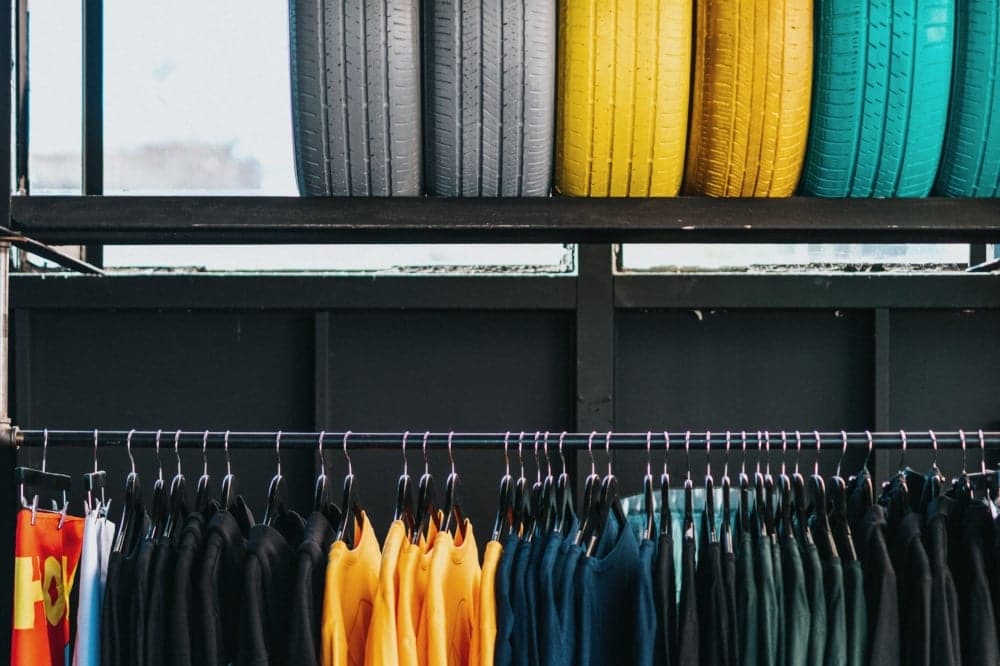WHAT YOU NEED TO KNOW ABOUT MICROPLASTICS IN YOUR SKINCARE

By Julia Beyer - September 26, 2023
UPDATE SEPTEMBER 2023: The EU is gradually restricting the use of microplastics in products, including cosmetics! The first measure enters into force already in October 2023, banning the use of glitter and microbeads in cosmetics. This is what the new regulation says in detail:
“The ban applies immediately for cosmetics containing microbeads, i.e. small plastic beads used for exfoliation. It applies after 4-12 years for other cosmetics, depending on the complexity of the product, the need for reformulation and the availability of suitable alternatives.”
Meaning that of course there are some loopholes (12 years are a long time!) and banning microplastics doesn’t solve the overall problem of microplastic pollution (read on to find out more) but at least it is a big first step towards reducing the amount of microplastics we introduce to our natural environment and our bodies.
The discussion about microplastics in cosmetics is not new. A study from the Free University of Amsterdam University (published in March 2019) contributed to revealing the true scope of the problem.
In a test, it turned out that a single bottle of the Olaz Anti-Wrinkle Firm & Lift SPF 15 day cream (50ml) contains about 1.48 million plastic particles. The diameteres of the plastic particles ranged from 1.6 to 103 μm. For comparison, the average diameter of a human hair is 60 to 80 μm. Most of the micoplastic particles found in the day cream where much smaller.
The European Commission itself estimates that 42,000 tonnes of intentionally added microplastics are released into the environment every year.
What Are Microplastics And Why Are They Found in Skincare Products?
Microplastics are plastic particles that measure 5 millimetres or less in diameter, also referred to as microbeads when used in cosmetics – a marketing term the cosmetic industry introduced. Microbeads count as “primary microplastic” which means they’re intentionally created by the skincare industry. “Secondary microplastics” on the other hand are microplastics that are the result of larger plastic particles breaking down over time.
Microplastics are typically used to add exfoliating properties to a skincare products. They can help remove dry, dead skin cells and unclog pores which is why they’re often found in peelings and other exfoliating products such as bath gels. Microplastics are also a common addition to toothpastes.

Why Are Microplastics Dangerous?
It is estimated that about 250,000 tons of plastic debris are floating in the world’s oceans, and by 2050 more plastic than fish could swim in our oceans. Microplastics form a part of this floating cload of debris and ultimately, all plastic items that end up in the ocean break down into microplastics.
“It is estimated that 42,000 tonnes of microplastics intentionally added to products are released in the EU every year.” (European Commission)
Fish and other marine wildlife swallow these tiny plastic particles and they become a part of the food chain – with us human as the final predator in the chain. Researchers have detected measurable levels of microplastic in fish and seafood sold for human consumption.
In acquatic animals, microplastics have been shown to influence growth, development, behaviour, reproduction and mortality since they accumulate in the animals’ bodies and enter their cells.
Microplastics can also affect humans since they act as vehicles for toxic chemicals. They both absorb chemicals in the water (including highly toxic metals such as mercury and chemical additives such as BPA) and in some production processes, chemicals are attached to the microplastics from the start.

How Big of a Problem Are Microplastics in Cosmetics?
The estimated global release of primary microplastics in the ocean amounts to 15 million tons per year, which equals one plastic bag thrown into the ocean per person per week.
Surprisingly, the two primary sources of marine microplastic pollution are the washing of synthetic textiles and tyre dust that gets blown into the ocean from roads. Microplastics from cosmetics are estimated to contribute only 2% to the global release of microplastics.
This percentage could be brought down to zero if the skincare industry switched to natural alternatives such as clay, wax and starch since microplastics are added exclusively for convenience and profit reasons. In some products, the plastic added as ingredients equals the weight of the plastic packaging it comes in.
In some countries such as Sweden, France and the Netherlands the use of microplastics has already been restricted for years and in 2023, the EU started implementing bans on microplastics.

Tips To Avoid Microplastics in Your Cosmetics and Clothes
In cosmetics microplastics are typically listed as “polyethylene, polypropylene, polyethylene terephthalate, polymethyl methacrylate, polylactic acid or nylon” in the list of ingredients. Of course, all of Suntribe’s natural cosmetics are competely free from microplastics. We have been certified as a plastic-free company by the Plastic Soup Foundation. In the process, all our ingredient lists and the compounds we use for our products were evaluated and proofed to be completely microplastic-free!
Since the microplastics washed off from clothes count among the two biggest sources of marine pollution, your clothes and how you wash them are another way to reduce the release of microplastics from your household into oceans and rivers. Don’t buy clothes partly or entirely made from Polyester (for example Fleece). There are also ways how you can filter microplastics out of the washing water, for example with the Guppyfriend bag or the Cora Ball. However there is a very limited offer on the market so far and contradicting scientific results as to whether these measures are actually effective so the best is to avoid buying polyesther clothes from the start!
There also exist several NGOs that you can support to demand governmental action (for example Beat the Microbead) and a project that is focusing specifically on designing a solution to remove microplastics from our oceans and rivers, called Pacific Garbage Screening.
Want to continue reading?





